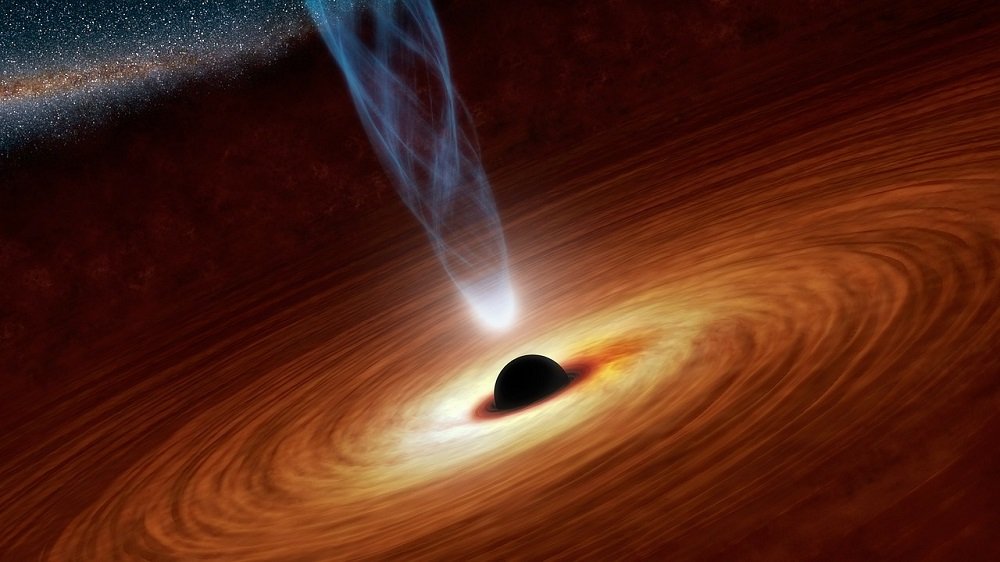Have you ever been filling the tank to your new spaceship and thought, “I wish there was a better way to power the engine.” Enter the Graviton! With its subatomic superpower, its potential applications are unimaginable.
To understand the graviton, we must first understand a bit of quantum mechanics. The main principle is that everything is made of quanta – or packets – of energy and these quanta behave as both particles and waves. Take visible light, for example, which is composed of packets of electromagnetic energy, or photons.
There are four fundamental forces in the universe: gravity, electromagnetic force, weak and strong nuclear forces. All of these, except for gravity, have been proven to follow the laws of quantum mechanics. This means they have specific subatomic “exchange particles” that interact with other particles to cause these forces. Electromagnetic force is caused by the photon. Strong nuclear force is traceable to the gluon. Weak nuclear force is transmitted by the movement of W and Z bosons.
Knowing this, scientists predict that the elementary particle which causes apples to fall onto our heads and shooting stars to traverse the night, is the graviton! If this mysterious particle exists, it is expected to have no mass, no charge, and travel at the speed of light, similar to a photon. Though still considered theoretical, physicists like Zvi Bern continuously challenge themselves to calculate the behaviours of this particle with increasing precision, which involves taking on new perspectives of the universe – even one where space-time is an illusion.
So if it fits with quantum mechanics and scientists can already predict its properties, why hasn’t the graviton been proven to exist yet? For one, gravity is extremely weak, and as physicist Freeman Dyson once stated, the detector needed to prove the graviton’s existence would have to be so massive it would “collapse into a black hole.”
However, there is an even larger factor that has plagued the physics world for nearly a century: the struggle to unify Einstein’s Theory of General Relativity with quantum theory. Both have vastly different views on gravity. While Einstein’s theory states gravity is an attractive force as the result of matter distorting space-time, quantum theory views gravity as being caused by the transferring of gravitons between particles. Merging these two theories – and proving it – has been a complex task for physicists, giving rise to fascinating hypotheses from String Theory to pulling an Interstellar and falling into a black hole.
It is only a matter of time until the existence of the graviton – or its future equivalent – is proven. When it is, it will help us create numerous mind-bending applications! The most intriguing being an entirely new way to fuel transportation. By harnessing a way to manipulate the graviton, just as we manipulate the emission of photons to create light, gravity can be used for future space travels.
For example, we can facilitate more efficient spacecraft propulsion. By manipulating an area near a rocket to have a higher concentration of gravitons, we can increase that area’s gravity, pulling the rocket towards this increased gravitational zone. This would work the same as when a spaceship loops around a planet to take advantage of its gravitational field and increase its velocity. Now, instead of needing fuel to accelerate a spaceship, we can use gravity to our advantage.
An even more ambitious application: creating our own wormhole to another part of the universe! By greatly increasing the concentration of gravitons in a certain area, we could succeed in curving space-time to create a shortcut to a different part of space – or even time.
For now these are all just speculations. However, it is important to remember that scientific progress has evolved exponentially. Just over 100 years ago, it was thought that neutrons and protons were the smallest particles to exist. Yet, the discovery of quarks and even more fundamental particles have unveiled another layer in our quest to discover the ultimate fabric of the universe.
Although we may only be at the beginning of our journey of learning how the universe works, that doesn’t keep us from searching further. We must continue laying the foundations for our future discoveries, ceaselessly reviving the world of science.
